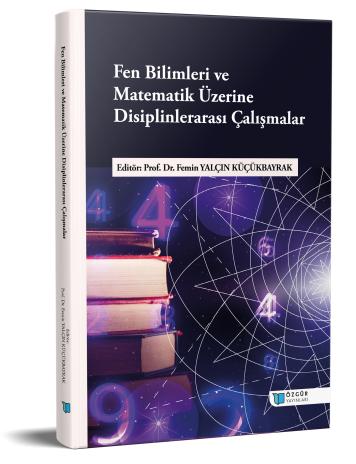
Insect Peptides and Cancer
Chapter from the book:
Yalçın Küçükbayrak,
F.
(ed.)
2025.
Interdisciplinary Studies on Science and Mathematics.
Synopsis
Insects are highly resistant to bacteria and viruses thanks to the effectiveness of their innate immune systems. Antimicrobial peptides (AMPs), one of the basic components of this immune defense, show cytotoxic properties not only against infections but also against cancer cells. AMPs isolated from insects show their cytotoxic effects by interacting with the cancer cell membrane or by suppressing molecular pathways that support tumor growth. These peptides also have therapeutic potential because they avoid non-selective toxicity against healthy cells. Among the anti-cancer peptides (ACPs) isolated from various insect species, Pierisin-1 induces apoptosis by targeting DNA via ADP-ribosylation, while lectins destroy tumor cells by interacting with immune cells. While the 5-S-GAD molecule targets tumor cells via oxidative stress, alloferon shows an immunomodulatory effect by stimulating natural killer cells. Peptides such as cecropin and harmoniasin trigger apoptosis through mitochondrial structure disruption and caspase activation. CopA3 and pirocorisin stand out with their selective membrane targeting properties, while lasioglossin and mastoparan stand out with their strong antimicrobial and membrane disrupting structures. Pederin is a strong toxin that inhibits DNA synthesis and has anticancer potential due to its antimitotic effects. This section demonstrates that natural peptides obtained from insects can be evaluated as alternative or supportive agents in cancer treatment; in particular, the selective toxicities, molecular targets and versatile biological activities of these molecules provide a promising basis for future pharmacological research.

